I have the following function below that:
- Iterates over each row of my Dataframe
- In each row I check if the condition is satisfied
if gamestatistics['championname'].values[i] > gamestatistics['enemyname'].values[i] - Switch the positions of the elements for that row if True
I'm wondering if the below could be made faster somehow, as I expect to run this with very large DataFrames which I imagine would take a long time. This also seems very manual, I think I'm missing a function that could do this much faster.
def main():
gamestatistics = pd.read_csv('CvCaggregation.csv')
for i in range(len(gamestatistics)):
if gamestatistics['championname'].values[i] > gamestatistics['enemyname'].values[i]:
print(f"Adjustment at {i}")
currentChampName = gamestatistics['championname'].values[i]
currentPosition = gamestatistics['position'].values[i]
currentEnemy = gamestatistics['enemyname'].values[i]
CurrentEnemyPosition = gamestatistics['enemyposition'].values[i]
championWinRate = gamestatistics['championwinrate'].values[i]
enemyWinRate = gamestatistics['enemywinrate'].values[i]
gamestatistics.at[i, 'championname'] = currentEnemy
gamestatistics.at[i, 'enemyname'] = currentChampName
gamestatistics.at[i, 'position'] = CurrentEnemyPosition
gamestatistics.at[i, 'enemyposition'] = currentPosition
gamestatistics.at[i, 'championwinrate'] = enemyWinRate
gamestatistics.at[i, 'enemywinrate'] = championWinRate
return gamestatistics
Example Data:
Below evaluates true as Yasuo > Akali:
Therefore we switch the values of the columns to the below, that is, Columns 1&3, 2&4, 5&6 are swapped:

